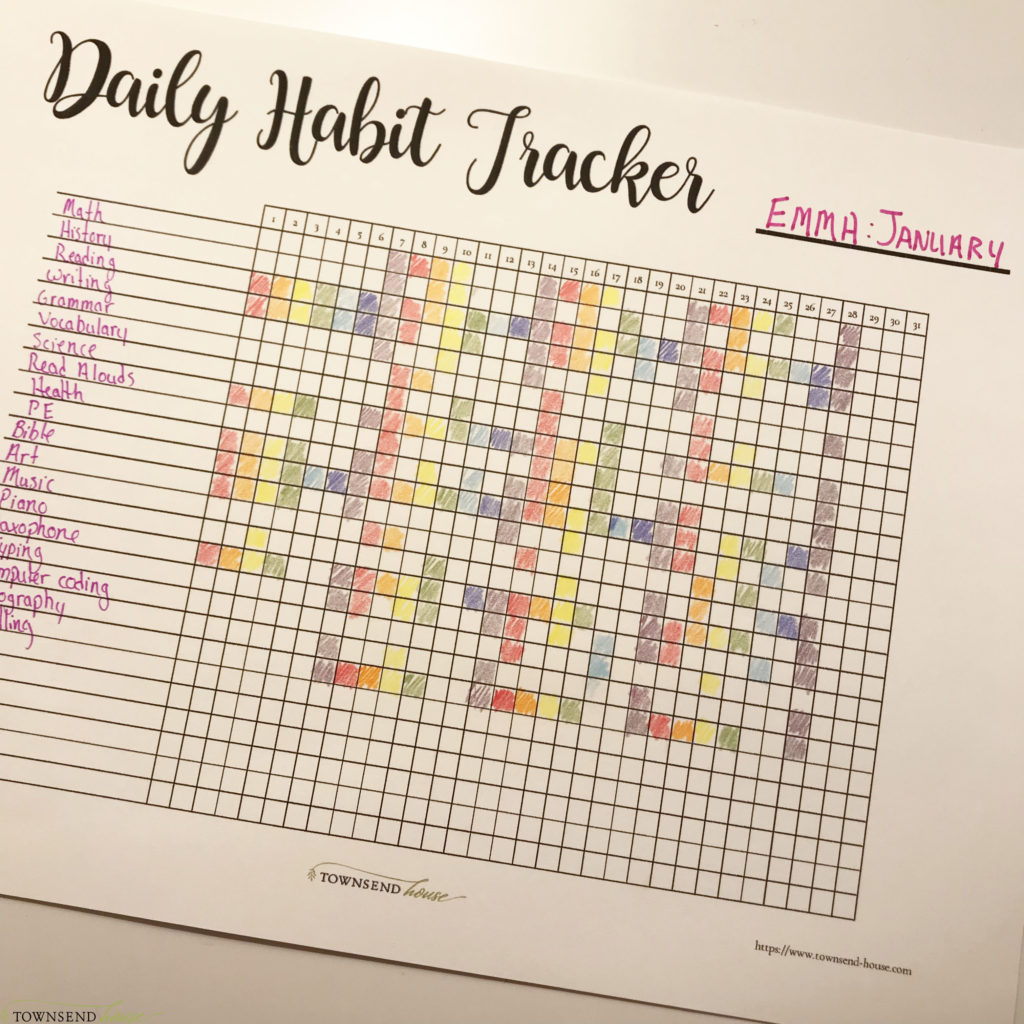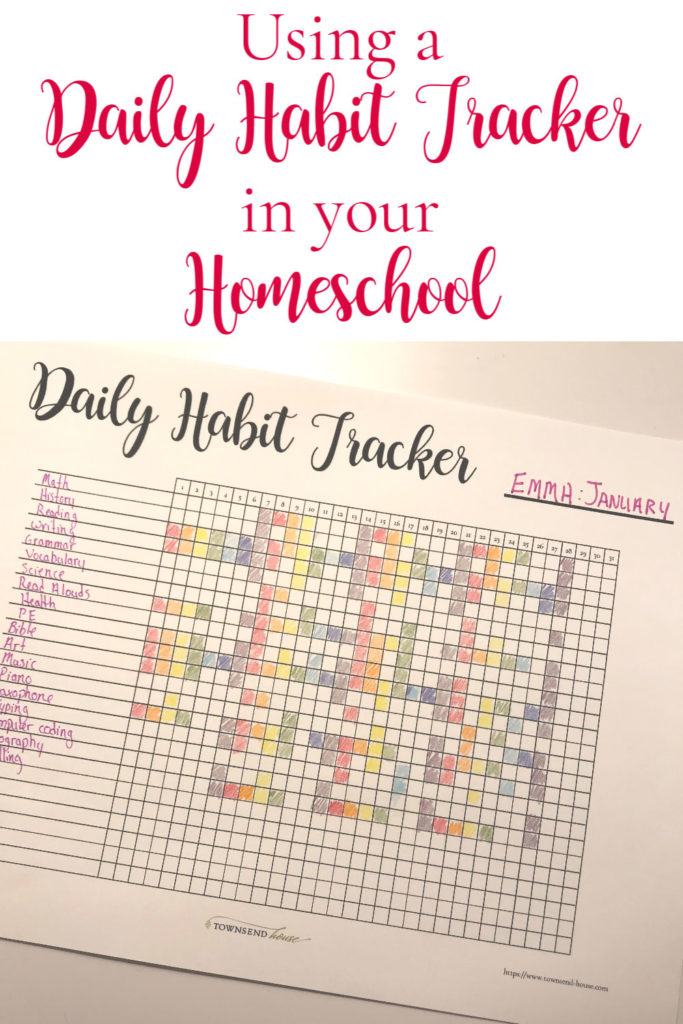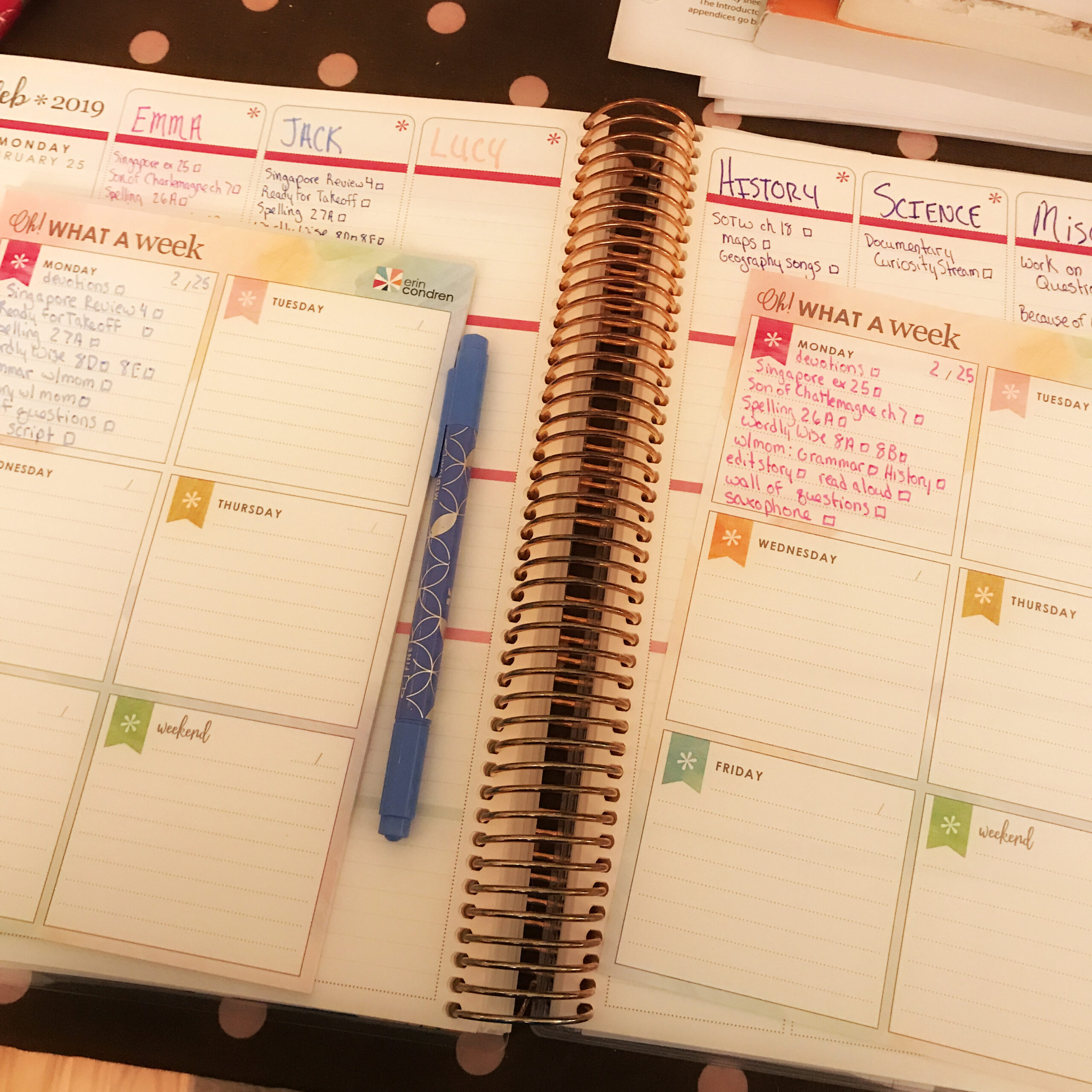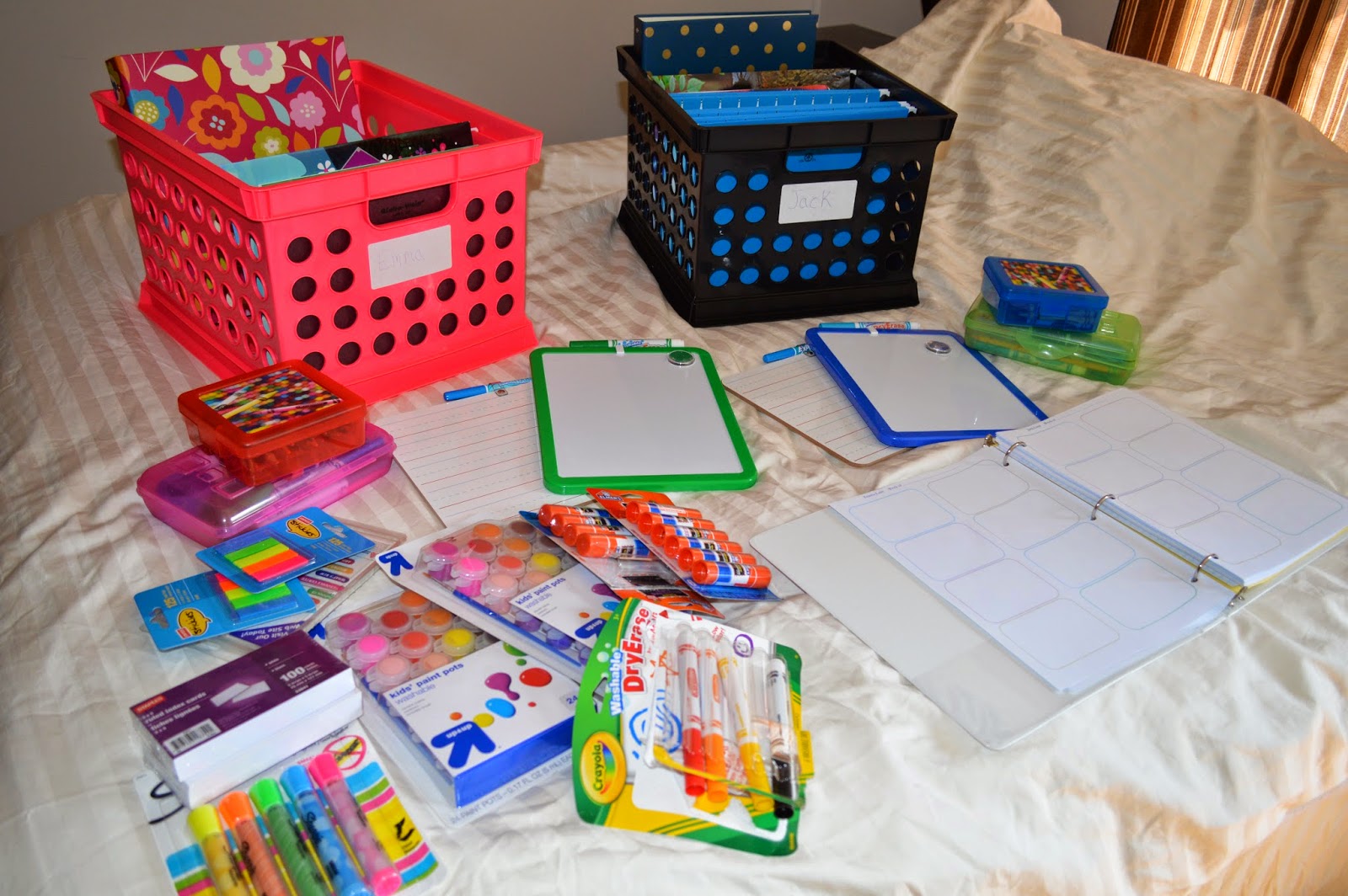How to use a Daily Habit Tracker in your Homeschool
Do you know what a daily habit tracker is? Have you seen them used in bullet journals? Today we are going to explore the daily habit tracker, and how it can be successfully used in your homeschool. But first, we need to define what a daily habit tracker is. Quite simply, it is a month at a glance of all the habits that you wish to incorporate in your daily life. Before we really get into the nitty-gritty of how to use these trackers in your homeschool, I want to invite you to grab the free daily habit tracker printable I created specifically for you below:
Use this in both your personal life as well as your homeschool. One of the best ways to build habits is to have that list in front of you. If you look at it every day and methodically go through your list, you will build habits in your personal life. When you take away some of the decision fatigue because you have built these decisions into habits you no longer think about, you will be more productive. Not to mention you will have a happier outlook on life in general.
This post includes affiliate links. If you click on one of these links and make a subsequent purchase I may receive a commission. Read Disclosure.
The Why of the Daily Habit Tracker
As stated above, this is a tool to help build habits. But why would you want to use it in your homeschool? The reasoning is simple. You want to know what you are doing with your kids every day! When you go throughout your homeschool week, do you ever feel behind? Do you think you didn’t accomplish as much as you thought you would? When you get to the end of the month, are you trying to finish up all the things you missed throughout the month?
Homeschooling has the unique ability to make us second guess ourselves.
It doesn’t have to be that way though. You are doing an amazing job educating your children. But, you may need some help seeing all that you are doing. This is why you want to use a daily habit tracker.
Years ago I started using the Erin Condren Teacher Planner as a homeschool planner. It wasn’t necessarily because I wanted to write out all of my lessons. No, the big reason was that it offered checklist pages. This is how I first started using a daily habit tracker in my homeschool. It seemed like the easiest way for me to keep track of the myriad of subjects I wanted to teach to my kids. In general, people think of school subjects as math, language arts, science, history, and fine arts – but there is so much more to homeschool than those few subjects. How are you supposed to know when you have touched on all.the.things.?
The How of the Daily Habit Tracker
The simplest way I have found to keep track of all that we do is to keep the daily habit tracker. It is extremely easy to manage, and something that allows me to breathe a little bit more. You know you are doing enough when you look at this sheet at the end of the month. Instead of being concerned that there are so many holes that need to be filled, and no time left to do it.
What are the steps to using the daily habit tracker? It is super easy. The first step is to list out all of the subjects that you want to cover down the side of the tracker. This is everything. Yes, you want to write math, science, and language arts. But, wouldn’t you know, language arts is a broad title for a lot of little subjects. There is spelling, grammar, writing (both research and creative), reading, copywork, dictation, vocabulary. Wouldn’t it be nice to look at the end of the month and see all of what you did? When you list out all of the subject areas you want to cover, you will then have the big picture of what your homeschool looked like for that month.
Each day, after you have finished your school, go through this list and check off each subject that you covered that day. If you played a geography game, or sang some geography songs, check off geography. If your kids made up a story and dictated it to you, check off writing. If your kids chose a book on their own off the shelf, even if it wasn’t a “homeschool book” check off reading. It is that simple.

Understanding the Big Picture
Using the daily habit tracker allows you freedom to know that you are actually doing something in your homeschool. We can easily get bogged down with the details, and feelings of not doing enough. But, in reality, we are covering a lot of ground each month.
This little sheet allows you to take a step back, and not worry as much about what you may or may not be doing.
However, this tool also allows you to fill in the gaps.
If you get to the end of the month, and see that you have a subject you have only touched on once, you may want to revisit that subject more in the next month. Or it could also show you where you are spending too much time. Is it necessary to do Geography every single day? Probably not.
Planning from Behind
Before I even realized what I was doing, I was implementing a practice that Julie Bogart calls “Planning from Behind.” Essentially, you are writing down what your kids do after the fact, rather than writing out your lesson plans in advance and checking them off as you go. Now, this is not nearly as detailed as it can be, but it works seamlessly into your homeschool planning system. You see what you did on that specific day. You are able to make adjustments when you see you are too light on one subject area, or back off when you see that you are doing history every single day of the month.
This daily habit tracker will help give you confidence in your teaching, and help you to see all that you are doing, even when you don’t think it qualifies as school
My goal is to help you cultivate simplicity in your home and homeschool, and a daily habit tracker is one of the ways to simplify your homeschool planning process.
Other Uses
There are so many other uses for the daily habit tracker. When I first started using the Erin Condren Checklist pages, I would write out everything pertaining to my kids and what I wanted to cover with them. This included school subjects broken down into manageable bite-size labels. It also included character training, chores, extracurricular activities we were involved in. Looking back on those checklist pages allows me to have the big picture of how our year would go.
You may want to start only with the “school” subjects. But, don’t be afraid to mix it up. If you want to work on character in a specific month, put it on the list. If your kids are learning new chores, or you want them to be consistent with those chores, put it on the list. For older kids, show them the list. Explain what it is you are doing, and how it helps you to create a well-rounded education and upbringing for your child.
Guess what? A daily habit tracker isn’t only used in homeschool. You can also use this sheet. I know that many people will put this in a bullet journal. In fact, I used to put one in my bullet journal. Over the years, however, I have realized that I need a little more structure, and a little less prep work at the beginning of the month. Having a daily habit tracker I can easily print off and use works wonders for me! Are you trying to get into a good morning routine? Use this printable. Are you trying to get into a good evening routine? Use this printable.
The Bottom Line
Using a daily habit tracker is an easy way to make sure you are doing everything that you want to do in your homeschool. It allows you to see holes that need to be plugged. It also gives you the ability to take a deep breath and realize that you are accomplishing more than you think you are.
Homeschool moms are notorious for talking down what they are doing or questioning themselves at every turn. Don’t live your homeschool year like that! This is a simple tool that can be incorporated into your daily routine easily. It will give you the confidence you need to continue working through your homeschool year. It also will allow you to, again, see all that you are accomplishing in a given month.






